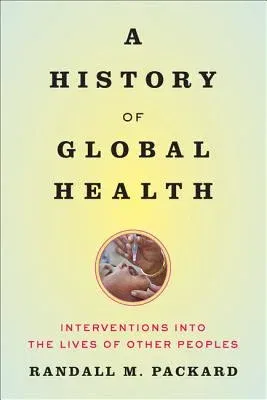A sweeping history explores why people living in resource-poor areas
lack access to basic health care after billions of dollars have been
invested in international-health assistance.
Over the past century, hundreds of billions of dollars have been
invested in programs aimed at improving health on a global scale. Given
the enormous scale and complexity of these lifesaving operations, why do
millions of people in low-income countries continue to live without
access to basic health services, sanitation, or clean water? And why are
deadly diseases like Ebola able to spread so quickly among populations?
In A History of Global Health, Randall M. Packard argues that
global-health initiatives have saved millions of lives but have had
limited impact on the overall health of people living in underdeveloped
areas, where health-care workers are poorly paid, infrastructure and
basic supplies such as disposable gloves, syringes, and bandages are
lacking, and little effort has been made to address the underlying
social and economic determinants of ill health. Global-health campaigns
have relied on the application of biomedical technologies--vaccines,
insecticide-treated nets, vitamin A capsules--to attack specific health
problems but have failed to invest in building lasting infrastructure
for managing the ongoing health problems of local populations.
Designed to be read and taught, the book offers a critical historical
view, providing historians, policy makers, researchers, program
managers, and students with an essential new perspective on the
formation and implementation of global-health policies and practices.

